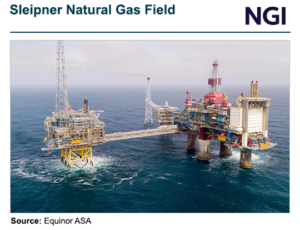Natural Gas Prices | LNG | LNG Insight | Markets | NGI All News Access | Shale Daily
With Storage and Production Still Too Stout, Natural Gas Forward Prices Sink Further
© 2024 Natural Gas Intelligence. All rights reserved.
ISSN © 1532-1231 | ISSN © 2577-9877 | ISSN © 2158-8023 |



